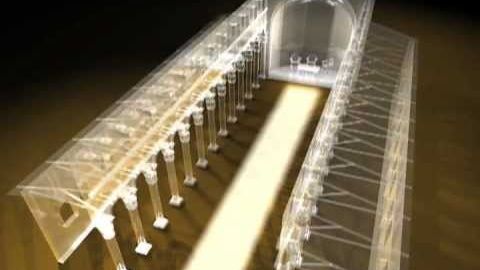羅馬天主教彌撒入場隊伍解釋 (Roman Catholic Mass Entrance procession explained)
Carl Lee 發佈於 2021 年 01 月 14 日  沒有此條件下的單字
沒有此條件下的單字- n.體格;體型;建造過程;版本
- v.t.建立;建造;發展;建立關係
- v.i.(天氣)增強
US /kɔrt, kort/
・
UK /kɔ:t/
- v.t.求愛;取悅;取悅;控告
- n.皇宮 ;;法庭 ;;場地(如網球場)
US /ˈsɛntʃəri/
・
UK /'sentʃərɪ/
- n. (c./u.)百年;世紀;(板球)一百分;(羅馬軍隊)百人隊
US /rɪˈlɪdʒəs/
・
UK /rɪˈlɪdʒəs/

